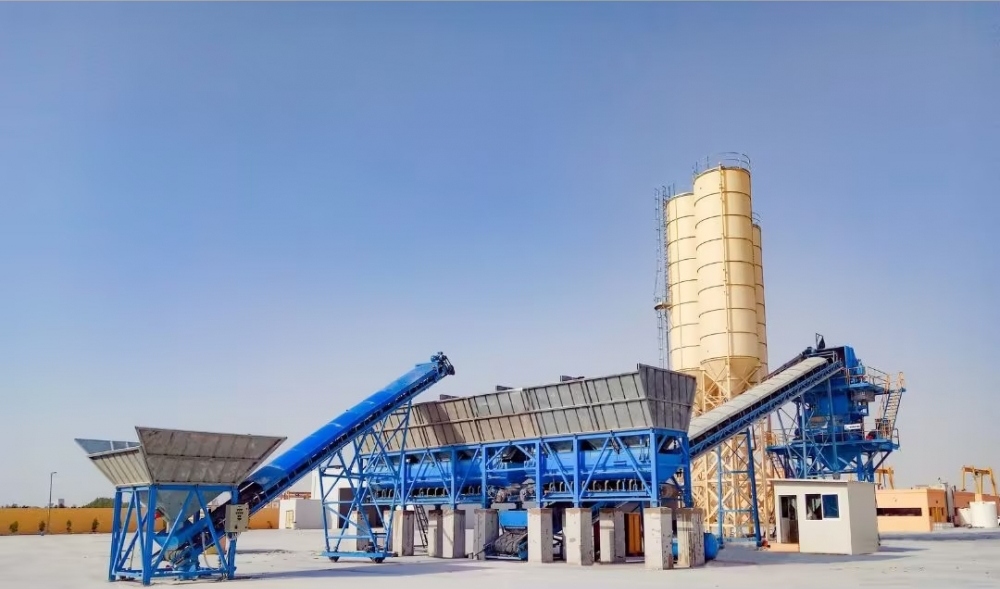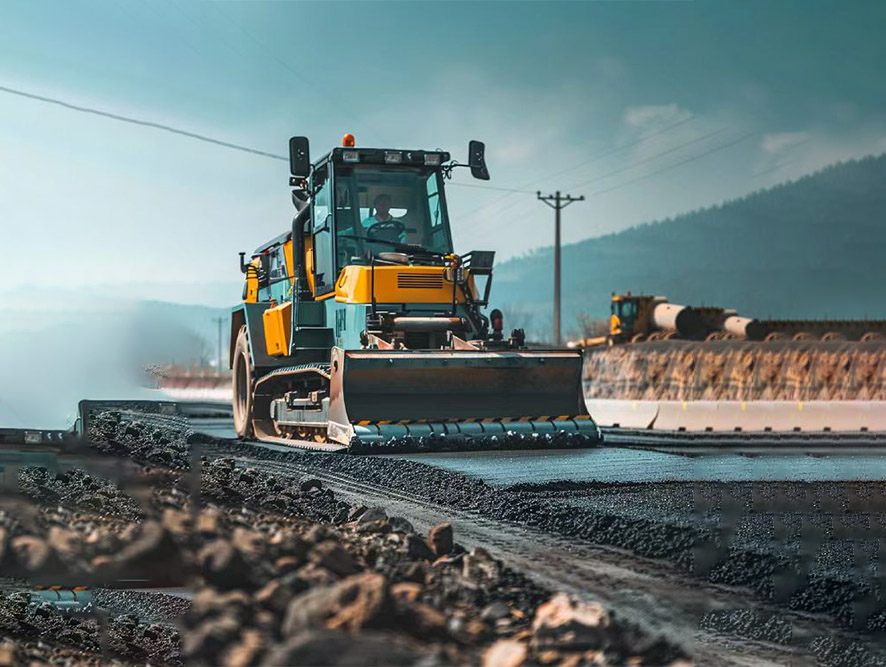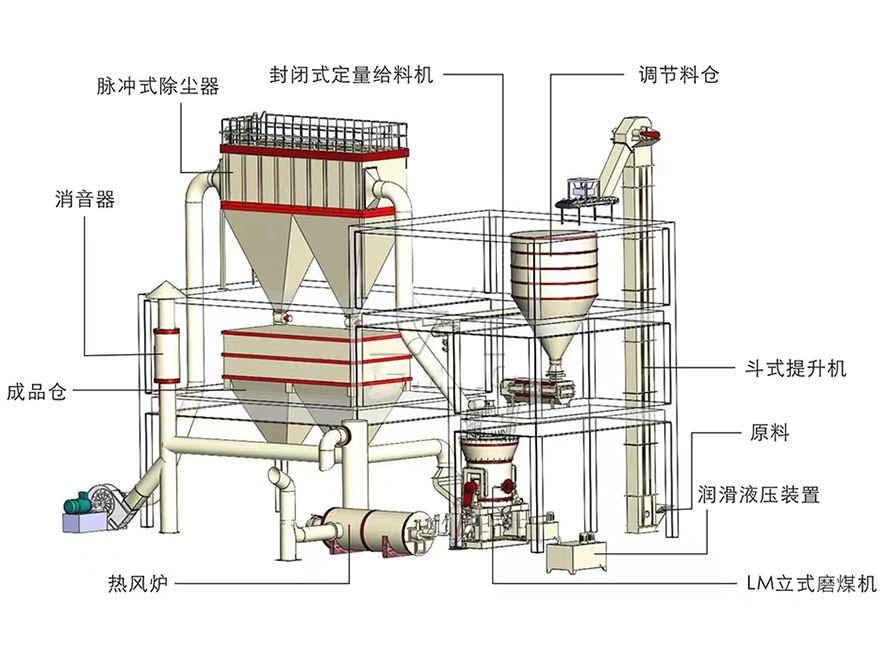In every industrial process, machinery and equipment face continuous wear and tear due to constant usage. One critical aspect of maintaining optimal machine performance and prolonging equipment life is understanding and managing wear parts.
Wear parts are components of machines and equipment that are subject to regular degradation or damage due to friction, abrasion, corrosion, or other forces over time. These parts are designed to be replaceable and are essential for ensuring machinery operates smoothly without interruptions. Without proper maintenance and timely replacement of wear parts, equipment failure and costly downtime are inevitable.
Wear parts are integral to a variety of industries, from mining and manufacturing to concrete pumping and construction. In fact, industries that involve heavy machinery and equipment subjected to constant motion, high pressure, and exposure to harsh conditions depend heavily on wear parts. These include mining (crushers, mills), manufacturing (production machinery), road construction (paving and asphalt), and concrete equipment (pumps, mixers).

Wear in mechanical systems is a natural result of the forces exerted on a part during its operation. These forces can include friction (rubbing of surfaces), abrasion (scraping or grinding), impact (sudden forces), and corrosion (chemical or environmental damage). Over time, these forces cause materials to deteriorate, leading to the need for part replacement.
The durability and performance of wear parts largely depend on the materials used. Common materials for wear-resistant parts include:
High Chrome Steel: Known for its strength and resistance to abrasion.
High Manganese Steel: Excellent for parts exposed to heavy impact.
Tungsten Carbide: Extremely hard and resistant to abrasion, ideal for high-wear conditions.
Ceramics: Often used in harsh chemical or high-temperature environments.
Rubber: Flexible and shock-absorbent, often used in equipment that needs to withstand vibrations.
These materials ensure that wear parts can perform under the toughest conditions, from crushing rocks in mining to mixing concrete.
Wear occurs in different forms, and understanding these types helps in selecting the right materials and designing wear parts to perform optimally:
Abrasive Wear: Caused by the rubbing of hard particles or surfaces, such as grinding.
Adhesive Wear: Occurs when materials adhere to each other due to high pressure, leading to material transfer.
Corrosive Wear: Caused by chemical reactions between the material and its environment, typically in acidic or corrosive environments.
Erosive Wear: Resulting from high-velocity particles, often seen in equipment exposed to windblown debris or abrasive slurries.
Wear parts play a crucial role in various industrial sectors. Here are a few common applications:
Mining machinery, such as cone crushers, impact crushers, jaw crushers, and gyratory crushers, require wear parts that can handle severe abrasion and impact. Mills used in grinding minerals and ores also rely heavily on wear-resistant components to withstand abrasive materials.

Concrete equipment like batching plants, pumps, and mixers are exposed to wear due to the continuous flow of abrasive and corrosive materials. Parts such as pump cylinders, hoppers, and mixing blades experience high stress and abrasion.

Road construction machinery, including asphalt pavers, mixing plants, and concrete mixing plants, faces extreme wear due to exposure to harsh conditions and constant material handling. Wear parts in these machines include wear plates, gears, and conveyor components.

In the metallurgical industry, sand making machines and coal mills require robust wear-resistant parts due to their exposure to abrasive particles, high temperatures, and harsh operating conditions.

The manufacturing of wear-resistant parts is a specialized process that focuses on material selection and precise production methods.
Choosing the right material is critical to ensuring that wear parts perform well and last longer. Factors such as the type of wear (abrasive, corrosive, etc.), operating conditions (temperature, pressure, humidity), and cost all influence material choice.
The production of wear parts can involve various techniques, including:
Casting: Heat the metal to a molten state, then pour it into a mold to cool and solidify into the desired shape. The casting process is suitable for wear-resistant parts with complex shapes and large sizes, such as cast iron castings. Common casting methods include sand casting, investment casting and lost wax casting.
Forging: After heating the metal material to an appropriate temperature through mechanical pressure, it is shaped by forging, stamping, etc. The forging process can increase the density and strength of the metal and is suitable for parts with high strength and high wear resistance requirements.
CNC Machining: A type of precision manufacturing that uses computer numerical control machine tools for cutting. It can perform high-precision and high-efficiency processing on metal or other materials, and is suitable for the production of wear-resistant parts that require precise dimensions, such as surface processing or finishing of precision parts.
Stamping: A process that uses a mold to press a metal sheet into shape through a press. Stamping is suitable for the production of large quantities of thin-walled, simple-shaped wear-resistant parts, such as metal gaskets, stamping shells, etc.
Heat Treatment: The microstructure and properties of metal materials are changed through heating, heat preservation, cooling and other processes. Heat treatment can improve the hardness, strength, corrosion resistance and other characteristics of wear-resistant parts. Common heat treatment methods include quenching, annealing, normalizing, etc.
Quenching: After heating the metal to an appropriate temperature, it is quickly immersed in a cooling medium (such as water or oil) to cool to achieve hardening. Quenching can greatly increase the hardness of the metal, but it may also cause increased internal stress and brittleness. It is often used to treat wear-resistant parts such as high carbon steel and tool steel.
Tempering: Tempering is a heat treatment process after quenching. The metal is heated to a certain temperature below the quenching temperature and maintained for a period of time, and then cooled to reduce the brittleness generated during the quenching process and increase toughness.
Annealing: The process of slowly cooling the metal after heating it to a certain temperature. The purpose of annealing is to reduce the hardness of the metal, improve its plasticity, and eliminate internal stress. Annealing is usually used for softening metals.
Normalizing: Heating the metal to above the critical temperature and then cooling it naturally in air. Normalizing can refine the grain of the metal, improve its mechanical properties, and enhance its strength and toughness.
Hardening: Hardening is the process of heating the metal to a certain temperature and then cooling it rapidly, with the aim of increasing the hardness of the metal.
Modern wear-resistant parts are often produced using advanced technologies and equipments, including:
DISA vertical molding line
Lost Foam Molding Line
V method production line
Accumulation chain shot blasting production line
Cold core shell molding production line
Gas tunnel furnace heat treatment production line
Unmanned warehouse intelligent control stereoscopic storage system
Will vertical production line
Medium frequency furnace
Robot polishing workstation
3D printing equipment
Customization is key in producing wear parts that meet the specific needs of each industry. For example, a mining crusher may need different wear parts compared to a concrete pump truck. Wear part manufacturers often offer customized solutions tailored to the operating environment, machine type, and expected wear conditions.
Investing in high-quality wear parts provides several advantages for industries that rely on machinery:
Quality wear parts reduce the frequency of replacements and extend the operational lifespan of machinery, which leads to fewer breakdowns and a more reliable workflow.
Wear-resistant parts help maintain optimal machine performance by minimizing downtime and ensuring that machinery operates at peak efficiency.
While high-quality wear parts may have a higher upfront cost, they save money in the long term by reducing the need for frequent repairs, replacements, and the associated downtime.
Despite their advantages, wear-resistant parts come with certain challenges:
Achieving the right balance between wear resistance and cost can be difficult. High-performance materials often come with higher costs, so industries need to balance budget constraints with the need for durability.
Customized wear parts often require longer lead times for production and delivery. This can be a challenge, especially for industries with tight operational schedules.
With increasing focus on sustainability, the materials used in wear parts must be considered in terms of environmental impact, recyclability, and disposal. Manufacturers are working towards developing more eco-friendly materials and recycling methods.
In conclusion, wear parts are crucial components that ensure the smooth operation of machinery across a variety of industries. By understanding the types of wear, selecting the right materials, and choosing high-quality parts, businesses can maximize the life and efficiency of their equipment, reduce downtime, and enhance overall productivity.
As industries continue to evolve, the future of wear parts lies in innovations in materials science, such as the use of advanced composites, nanotechnology, and more sustainable production methods.
For businesses, investing in high-quality wear parts is not just an operational necessity—it's a strategic move that can save time, money, and resources in the long term.